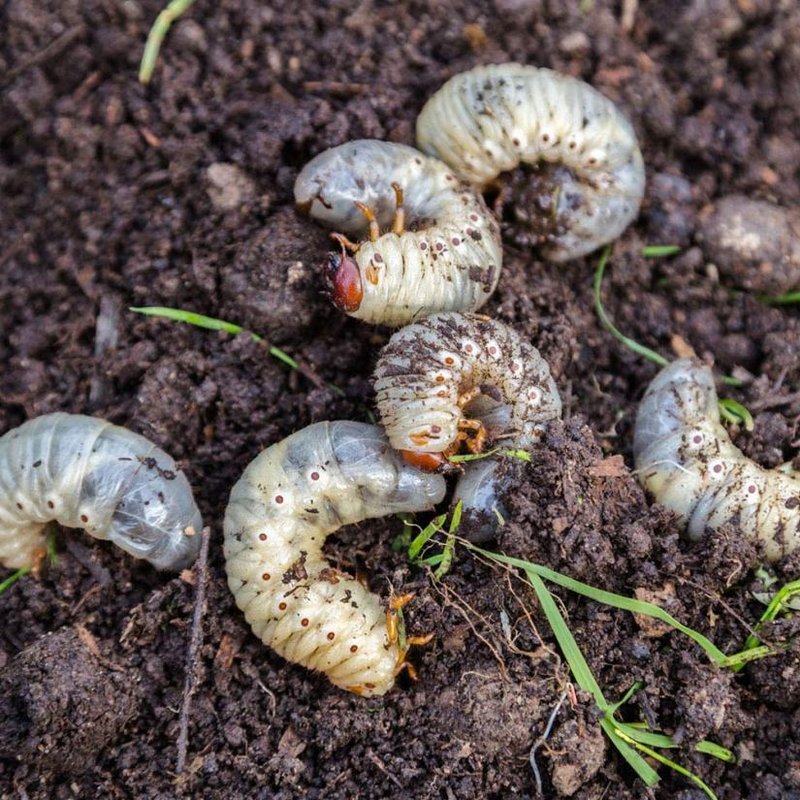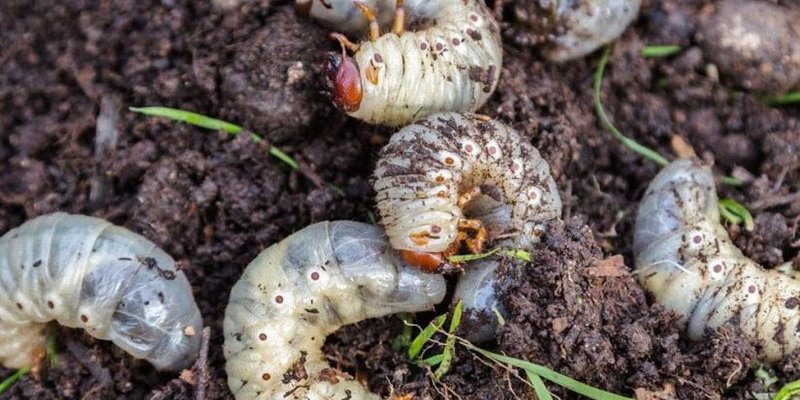
You might be wondering how farming grub worms works and whether it’s a viable option for animal feed. Imagine a world where you can turn food scraps into high-quality, nutrient-rich feed for animals, reducing waste while optimizing your resources. Sounds intriguing, right? Let’s dive into the ins and outs of grub worm farming and why it could be the future of animal feed.
What Are Grub Worms?
Grub worms, or **larvae of various beetle species**, are essentially the juvenile stage of these insects. The most common are the larvae of the black soldier fly. They are small, often white or cream-colored, and can grow quite rapidly. This rapid growth is one of the reasons they’re being looked at as a potential feed source.
So, why should you care about these worms? Well, they’re loaded with protein, fats, and essential nutrients, making them an excellent option for a variety of animals, from chickens to fish. Plus, they can thrive on waste organic matter, allowing them to convert leftovers into high-quality feed. Imagine turning your kitchen scraps into food for your livestock—it’s like having a mini recycling plant right at home!
The Benefits of Farming Grub Worms
Farming grub worms comes with a bucket load of advantages. First off, they’re incredibly efficient at converting feed into body mass—much more so than traditional livestock. For every pound of feed you give them, they can convert it into about 0.5 pounds of biomass. That’s a solid return on investment!
Another significant benefit is their ability to help in **waste management**. Grub worms can consume organic waste materials, such as fruit and vegetable scraps or even spent grains from breweries. Instead of sending this waste to the landfill, you can feed it to grub worms, making the whole process sustainable.
Additionally, they’re easy to raise. Grub worms require minimal space and can be kept indoors or outdoors, depending on your setup. Plus, they don’t require a lot of water, making them an efficient choice for farms in water-scarce areas. Honestly, once you get the hang of it, it’s like having your own little ecosystem.
How to Start Your Own Grub Worm Farm
Ready to take the plunge into grub worm farming? Here’s how to get started.
1. **Choose a Container**: You can use anything from plastic bins to wooden crates. Just make sure it has good ventilation and drainage.
2. **Gather Substrate**: Grub worms need something to eat. You can use kitchen scraps, yard waste, or even sawdust. Just avoid anything processed or synthetic.
3. **Get Your Grub Worms**: You can order live grub worms online or from local suppliers. Start with a small batch to see how it goes.
4. **Maintain Optimal Conditions**: Keep the temperature between 70°F to 80°F (21°C to 27°C) and monitor moisture levels. They need a damp but not soggy environment.
5. **Harvesting**: In about 3-4 weeks, your worms will be ready for harvesting. You can use a sieve to separate them from the substrate easily.
With these steps, you’ll be well on your way to starting a successful grub worm farm that can provide a sustainable feed source for your animals.
Nutritional Value of Grub Worms
You might be asking, “What’s in these worms that makes them so great for animal feed?” The nutritional profile is quite impressive.
– **Protein**: Grub worms contain about 40-50% protein. That’s much higher than traditional feed sources like soybean meal.
– **Fat**: They have a rich fat content, which is essential for energy in animals.
– **Vitamins and Minerals**: Grub worms are loaded with essential vitamins like B vitamins and minerals such as calcium and phosphorus, all crucial for the growth and health of livestock.
This nutrient density makes grub worms an excellent choice for various animals, including poultry, pigs, and fish. If you’re looking to boost your animals’ diets, adding grub worms might just be the secret ingredient.
Comparing Grub Worms to Traditional Feed Sources
In the realm of animal feed, grub worms are shaking things up. So how do they stack up against traditional feed sources like corn or soy?
– **Sustainability**: Grub worms are much more sustainable. They convert waste into feed, while traditional feeds often require significant agricultural resources and land.
– **Cost-Effectiveness**: Although there’s a startup cost for farming grub worms, over time, they can be much cheaper than purchased feed. Plus, you’re turning waste into something valuable.
– **Nutritionally Superior**: As mentioned earlier, the protein and fat content in grub worms often surpasses traditional feeds, making them a superior option for many animals.
When it comes down to it, farming grub worms could be a win-win solution for the environment and your animals’ health.
Challenges of Grub Worm Farming
As with any venture, there are challenges to consider. First, there’s the initial learning curve. If you’ve never raised insects before, it can be a bit daunting. But don’t let that scare you away!
Another challenge is managing pests or diseases that may arise in your grub worm farm. Keeping a clean environment is key to preventing problems. Regular monitoring and proper drainage can help keep your worms healthy.
Lastly, there can be a stigma associated with feeding insects to livestock, especially in certain regions. But as more people learn about the benefits, that perception is changing. Like any new idea, it might take time to gain acceptance, but the benefits are hard to ignore.
So, can grub worms be farmed as animal feed? The answer is a resounding yes! They offer a sustainable, protein-packed option that can significantly contribute to livestock diets. With their ability to recycle waste, they’re not just good for the animals but for the planet too.
If you’re passionate about sustainability and looking for innovative ways to feed your livestock, grub worm farming could be a great fit. As you consider your options, think about the long-term benefits, not just for your animals, but also for the environment. As we navigate the challenge of food production in an ever-changing world, grub worms present a promising avenue worth exploring.

